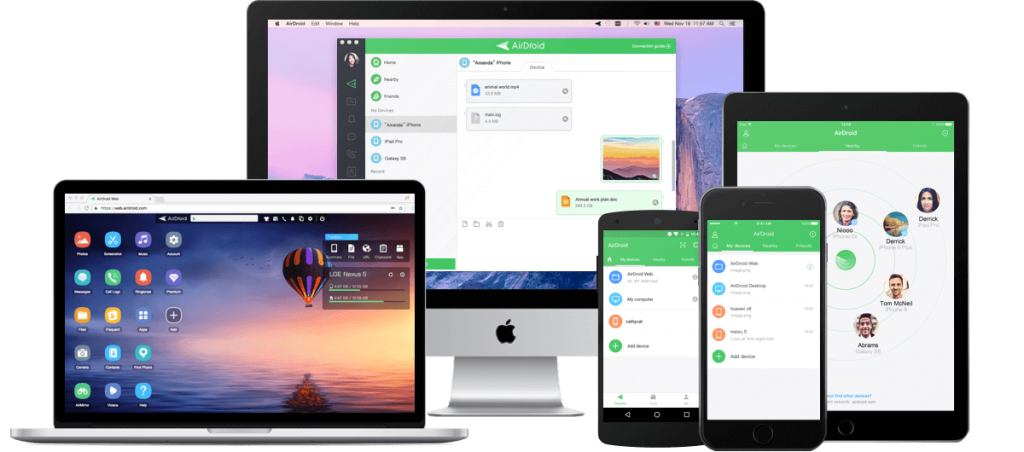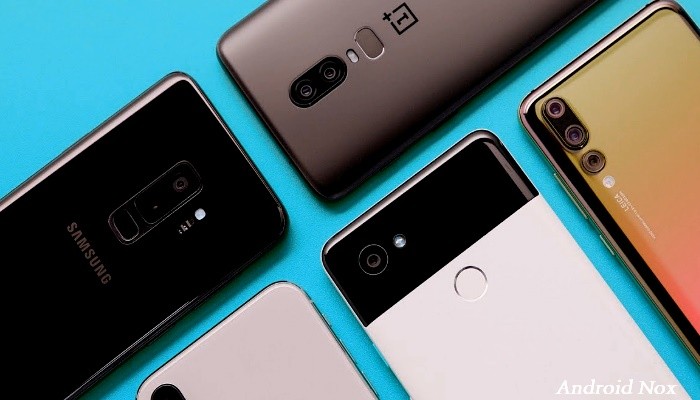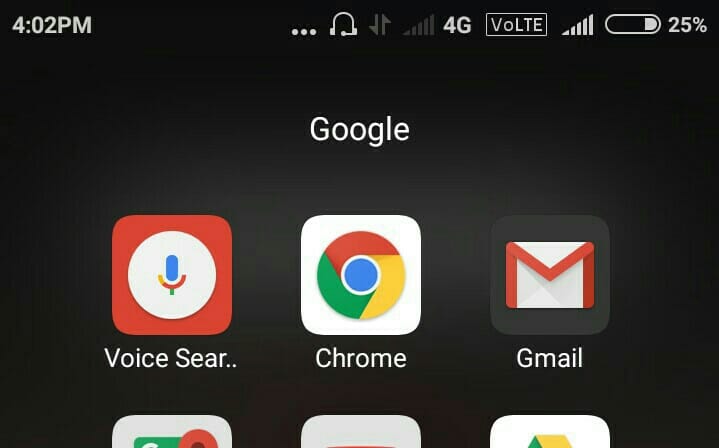With the December update of the Google Pixel 5 and 4a 5G an important novelty arrived: adaptive or adaptive sound. We saw this technology for the first time in Google Pixel Buds, Google’s wireless headphones. Although something went unnoticed, in mobile phones it is so remarkable that we wanted to explain its operation and practical cases.
Basically, it is a kind of “automatic brightness”, but applied to the sound. That is, depending on where you are, the sound adapts in one way or another. On paper it may not attract much attention, but the result is spectacular, and it makes life a lot easier for users.
This is how the adaptive sound of the Google Pixel works

Adaptive sound came with the Google Pixel Buds, but now the latest Google mobiles enjoy it. It is quite a curious technology, since adapt the sound according to the environment in which we find ourselves. How exactly does this work?
Google explains that take information captured by the microphone to adapt the sound. As we said, it is something similar to what the automatic brightness does, which measures the input level of light (luxes) to regulate the emission of light from the screen. In this case, Google captures information about the sound of the environment to tailor the sound equalization.
The Pixel’s adaptive sound lets you adjust the volume and audio quality based on the environment you’re in
In this way, in the first place, we get the volume is adequate at all times. For example, if you have the volume on maximum and they call you inside the house (or any other quiet environment), it is normal that you have to lower a couple of points so that it does not disturb. Google Adaptive Sound detects that hardly any sound is coming through the mic, so the sound of calls will be lower. Vice versa, if you are in a very noisy environment, the maximum volume will increase.
On the other hand, this is also valid for music, podcast and other sounds emitted by the speakers. The quality of the music will vary depending on the environment, to adapt as best as possible. Google ensures that the data is processed locally, and that at no time is it sent outside the device.









